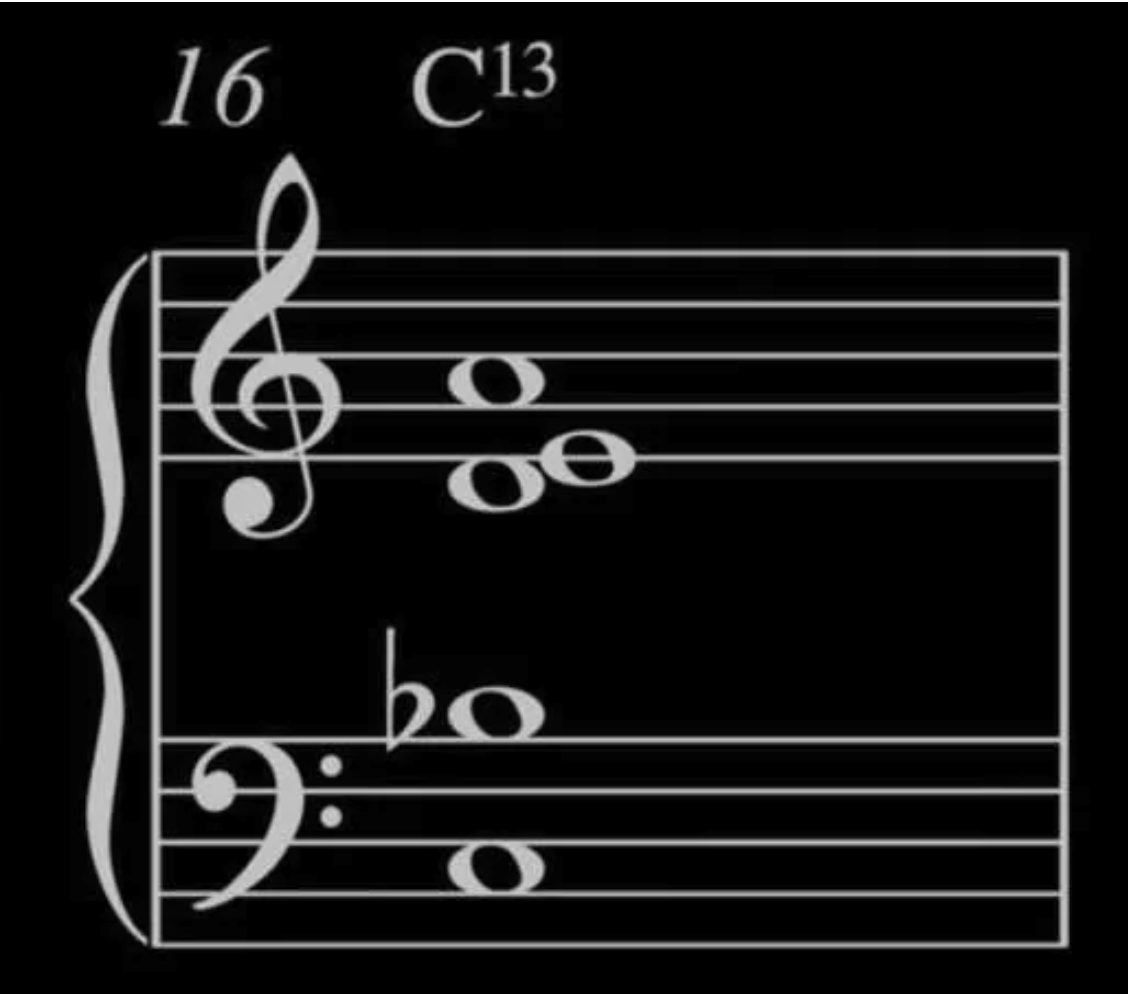
The Music Theory Behind Nirvana’s “About a Girl” and How It Can Help You Craft Unique Progressions
One of the most fascinating aspects of music theory is how it allows musicians to create unique and interesting progressions by breaking (or bending) traditional rules. Let’s take a closer look at Nirvana’s song “About a Girl,” a track that blends simple and complex elements to create something distinctive yet universally appealing. Specifically, we’ll explore […]
Continue reading →
